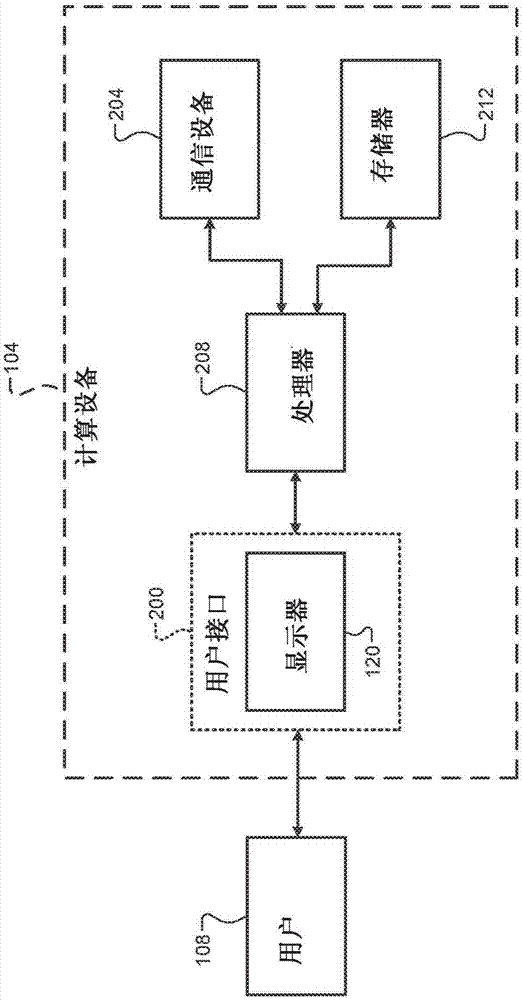Coordinated user word selection for translation and obtaining of contextual information for the selected word
A contextual, user-based technology, applied in the field of language translation, which can solve the problems of missing, inappropriate, inaccurate translations, etc.
- Summary
- Abstract
- Description
- Claims
- Application Information
AI Technical Summary
Problems solved by technology
Method used
Image
Examples
Embodiment Construction
[0018] As previously mentioned, conventional language translation techniques involve the user cutting and pasting selected individual words from a viewing application (web browser, e-reader, etc.) into a search or translation application. However, the search or translation application lacks any contextual information for the selected word, so possible translations of the selected word may be inaccurate or otherwise inappropriate. For example, words such as "bear" and "slip" both have multiple meanings in the English language. By providing the word "bear" without any contextual information, although the context is "bear left" or "bear right" in the context of navigation, the most likely translated word might be Translated words corresponding to animals. Likewise, by providing the word "slip" without any contextual information, the most likely translated word might be lost with someone despite the context being a mistelling ("a slip of the tongue"). The corresponding translate...
PUM
 Login to View More
Login to View More Abstract
Description
Claims
Application Information
 Login to View More
Login to View More - R&D Engineer
- R&D Manager
- IP Professional
- Industry Leading Data Capabilities
- Powerful AI technology
- Patent DNA Extraction
Browse by: Latest US Patents, China's latest patents, Technical Efficacy Thesaurus, Application Domain, Technology Topic, Popular Technical Reports.
© 2024 PatSnap. All rights reserved.Legal|Privacy policy|Modern Slavery Act Transparency Statement|Sitemap|About US| Contact US: help@patsnap.com










